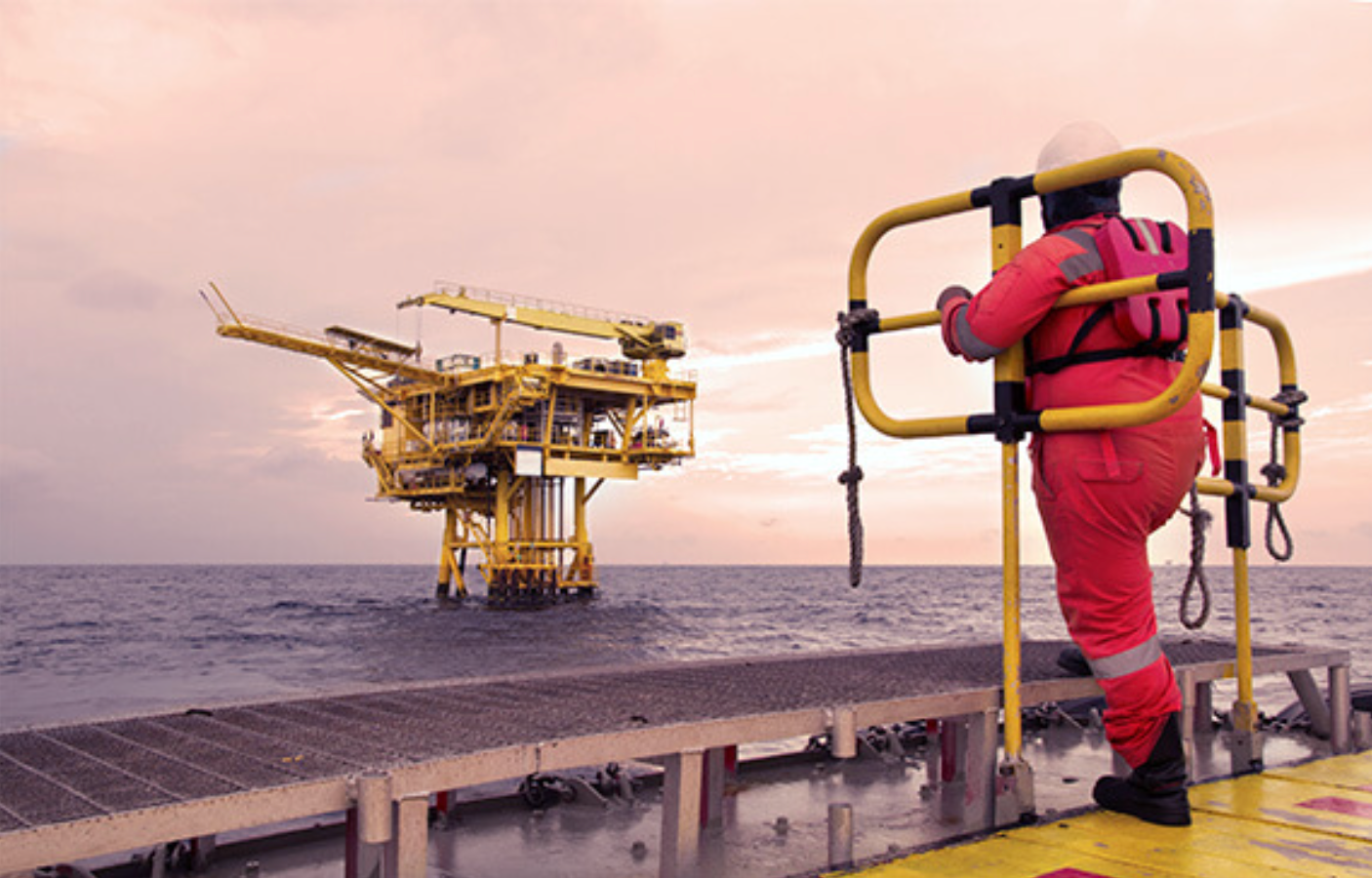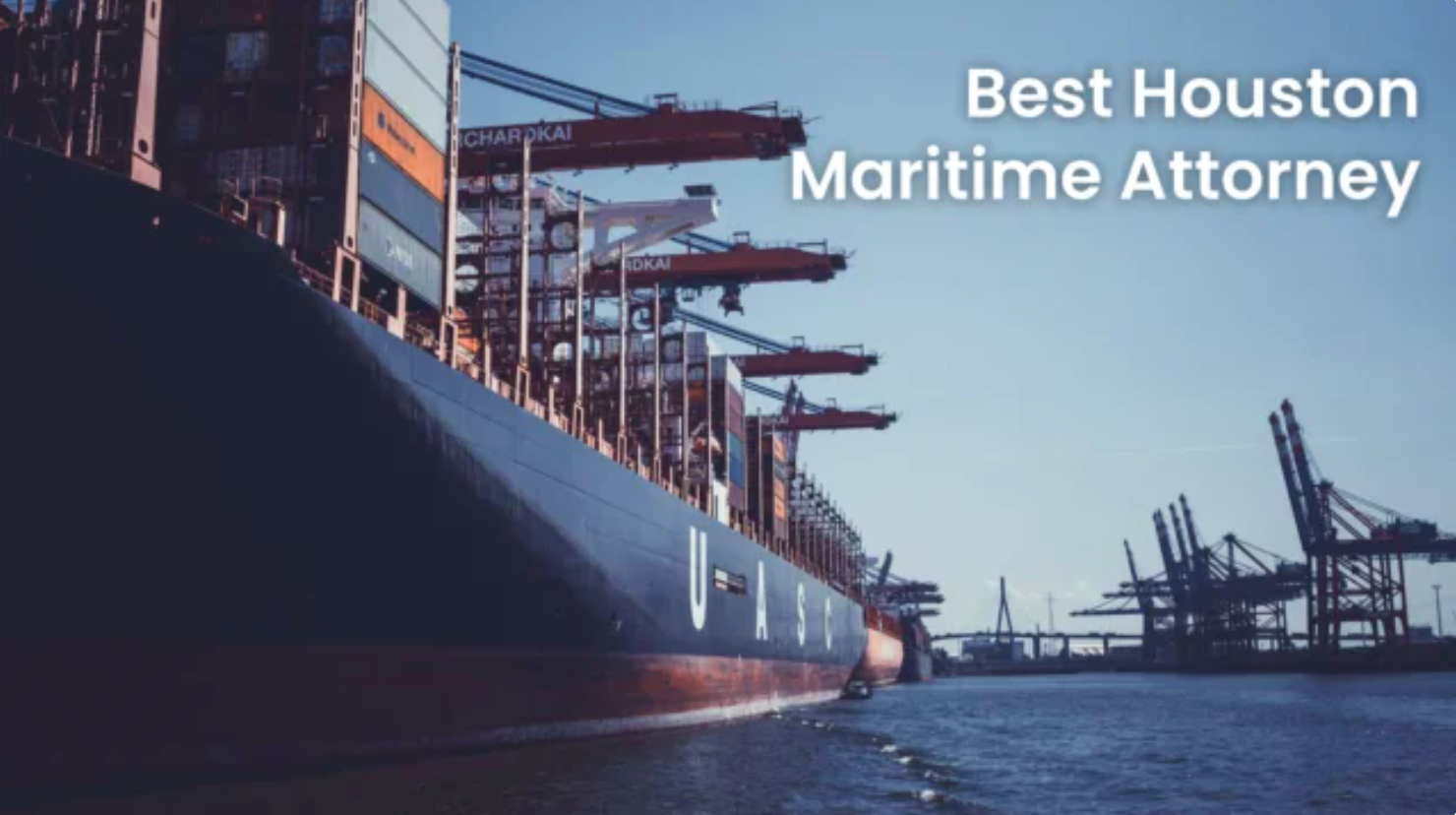Most Truck Accidents
As the arteries of commerce, highways are traversed daily by a multitude of commercial trucks transporting goods across the United States. While the vast majority of trucking companies prioritize safety, there are unfortunately those that fall short, leading to a concerning number of truck accidents. In the year 2000, specific carriers stood out for having the most truck accidents, earning them the label of the most dangerous in the industry. This article delves into the data, unveiling the companies with the highest accident rates, and explores the implications for road safety and industry accountability.
1. XYZ Freight Services: A Troubling Track Record
XYZ Freight Services, a major player in the transportation industry, emerges as one of the companies with the most truck accidents in the year 2000. The company’s troubling track record reflects a pattern of incidents ranging from minor collisions to more severe accidents resulting in injuries and fatalities. Examining the factors contributing to XYZ Freight Services’ high accident rate provides insights into the challenges faced by the carrier in maintaining a safe fleet.
2. Rapid Delivery Inc.: Speeding Towards Risk
Rapid Delivery Inc., while aiming to live up to its name, finds itself on the list of the most dangerous carriers in 2000. The company’s emphasis on speedy deliveries appears to have contributed to a higher incidence of accidents, with reports highlighting issues of aggressive driving and speeding among its drivers. The correlation between rapid delivery expectations and an increased risk of accidents raises questions about the delicate balance between efficiency and safety within the trucking industry.
3. Interstate Logistics Group: Struggling with Safety Compliance
Interstate Logistics Group, despite its extensive operations, faces scrutiny for its safety compliance practices in the year 2000. The company’s involvement in a notable number of accidents suggests challenges in maintaining rigorous safety standards. Analyzing the root causes of these incidents, such as insufficient driver training or inadequate vehicle maintenance, sheds light on the areas where Interstate Logistics Group may have faltered in ensuring the safety of its fleet.
4. SafeTrans Solutions: A Paradox of Safety Concerns
SafeTrans Solutions, ironically named given its presence on the list of the most dangerous carriers, grapples with safety concerns in the year 2000. The company’s paradoxical situation underscores the complexities of ensuring safety across a large fleet. Issues such as driver fatigue, insufficient rest breaks, and lax enforcement of safety protocols contribute to SafeTrans Solutions’ unfortunate designation as a carrier with a high incidence of truck accidents.
5. Express Hauling Services: The Weight of Negligence
Express Hauling Services, entrusted with the responsibility of transporting heavy loads, faces accusations of negligence resulting in a substantial number of truck accidents in 2000. The correlation between the weight of the cargo and safety incidents suggests potential issues with load securement, vehicle stability, and overall risk management within the company. Addressing these concerns is imperative for Express Hauling Services to shed its reputation as a carrier with a high accident rate.
6. TransGlobal Logistics: A Network of Safety Challenges
TransGlobal Logistics, operating within an extensive network of transportation routes, grapples with safety challenges that contribute to its presence on the list of the most dangerous carriers in 2000. The interconnected nature of the company’s operations raises questions about the efficacy of its safety protocols across various regions. Examining regional trends in accidents and identifying common contributing factors can provide valuable insights for TransGlobal Logistics to enhance its safety measures.
7. Swift Cargo Solutions: Challenges in Swift Operations
Swift Cargo Solutions, despite its emphasis on efficiency and swiftness in operations, finds itself facing challenges in maintaining a safe track record in the year 2000. The company’s commitment to rapid deliveries may be contributing to a stressful work environment for drivers, potentially leading to incidents of aggressive driving and increased risk of accidents. Exploring the delicate balance between speed and safety within Swift Cargo Solutions is essential for addressing the root causes of its high accident rate.
8. Dynamic Transport Group: Dynamics of Safety Oversight
Dynamic Transport Group, a key player in the transportation sector, grapples with the dynamics of safety oversight, evident in its elevated number of truck accidents in 2000. The company’s expansive operations may pose challenges in ensuring consistent safety practices across its fleet. Examining the effectiveness of safety oversight mechanisms, including monitoring systems and driver evaluations, is crucial for Dynamic Transport Group to rectify its safety record and prioritize the well-being of both its drivers and other road users.
9. Eagle Express Freight: Soaring Accident Rates
Eagle Express Freight, despite its aspirational name, faces the harsh reality of soaring accident rates in 2000. The company’s safety challenges may stem from issues such as inadequate driver training, lax enforcement of safety protocols, or a lack of emphasis on preventative maintenance. Unraveling the factors contributing to Eagle Express Freight’s high accident rates is a prerequisite for implementing targeted measures that can ensure a safer future for the carrier and the broader road community.
10. Horizon Logistics Inc.: Safety on the Horizon?
Horizon Logistics Inc., with its sights set on delivering goods across the horizon, confronts safety concerns that cast shadows over its operations in 2000. The company’s presence on the list of the most dangerous carriers suggests a need for reassessment of its safety policies and practices. Analyzing accident data and trends specific to Horizon Logistics Inc. can provide valuable insights for the company to steer towards a future where safety is a non-negotiable priority.
11. North Star Freightways: Dimming Safety Prospects
North Star Freightways, a player in the freight industry, faces dimming safety prospects as reflected in its high number of truck accidents in 2000. The company’s commitment to guiding cargo across vast distances is challenged by the imperative to ensure the safety of its drivers and the public. Delving into the specifics of accidents involving North Star Freightways can illuminate areas where safety measures need reinforcement, guiding the company towards a brighter safety record in the future.
12. Priority Hauling Solutions: The Urgency of Safety Reassessment
Priority Hauling Solutions, with its focus on urgent and timely deliveries, encounters the urgency of safety reassessment as it grapples with a notable number of truck accidents in 2000. The balance between meeting delivery deadlines and prioritizing safety may be a central challenge for the company. Addressing the urgency of safety reassessment involves re-evaluating operational practices, driver expectations, and the overall safety culture within Priority Hauling Solutions.
A Turning Point for Safety
Identifying companies with the most truck accidents in the US in the year 2000 is not merely an exercise in pointing fingers, but a call for a turning point in safety practices within the trucking industry. The carriers mentioned must view this revelation as an opportunity for introspection, corrective action, and a commitment to fostering a culture of safety. Industry stakeholders, regulatory bodies, and the public must actively engage in holding these carriers accountable, ensuring that safety becomes a non-negotiable priority in every mile these trucks cover. As the trucking landscape evolves, this turning point can pave the way for a safer and more responsible future on the nation’s highways.



